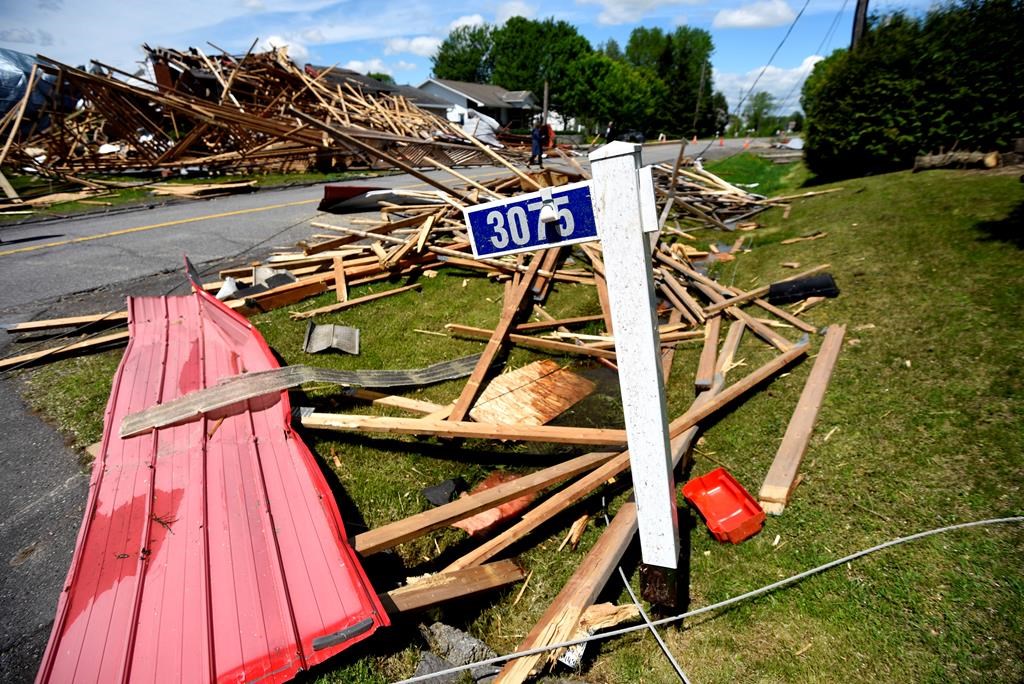An arborist who specializes in urban forestry says the massive loss of trees in Ontario and Quebec over the weekend due to a severe storm will keep happening if land-use planning doesn’t change.
Dr. Danijela Puric-Mladenovic, an assistant professor at the University of Toronto, said she wasn’t surprised when thousands of trees were uprooted and destroyed by the deadly storm that swept through the province on Saturday because trees in urban and suburban settings are from nurseries and planted in soil that is very shallow.
“We talk about puppy mills, right? Because it’s a terrible practice. And that’s literally what we do with trees,” said Puric-Mladenovic, who saw dozens of trees felled in her Whitby, Ont., subdivision.
“There is no deep root system developed. Because we plant trees that are coming from tree nurseries, whose root ball has already been chopped a million times. Then you plant them in compressed soil, literally like a bedrock, and they try to develop surface roots for food, but there is no stability.”
Countless trees were felled in Ontario as a result of high winds during the storm, causing several fatalities and power outages expected to last for days.
Eight of the 10 people who died as a result of the storm in Ontario were killed by falling trees on Saturday, with a ninth fatally struck by a falling tree branch during the aftermath the next day. A tenth person was killed in Quebec when her boat capsized.
Puric-Mladenovic said the effect of a severe weather event on urban trees is like a sailboat catching a gust of wind without a dagger board sticking deep below the water to balance the craft.
She said subdivisions built after the 1960s typically add trees as an afterthought into topsoil meant to support grass and gardens, resulting in what she calls “disposable” trees because they only last a few decades.
“We can go and replant and they will grow for the next 30-35 years or so,” she said. “And then we’ll have another storm and we’ll be in the same situation.”
“Let’s go plant trees, of course, but let’s be honest about what can grow in these spaces. It’s not about urban forestry. It’s about poor land use planning that doesn’t consider anything living.”
This report by The Canadian Press was first published May 24, 2022.



